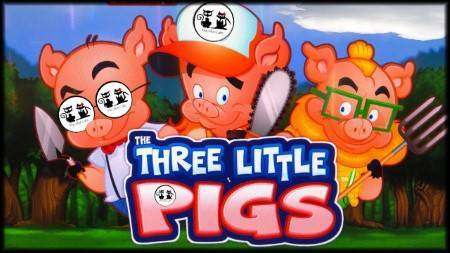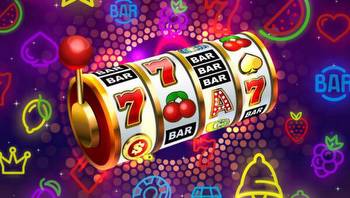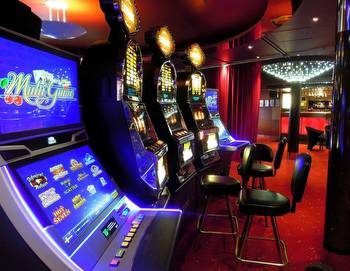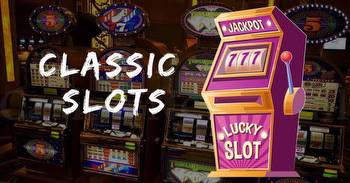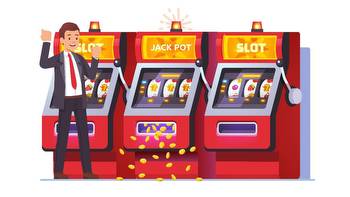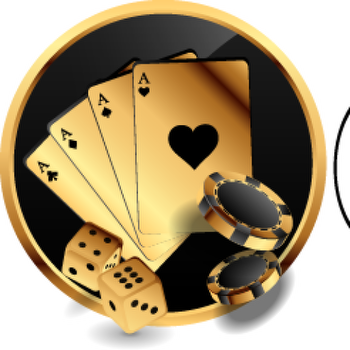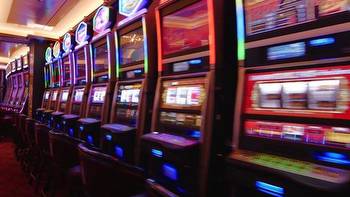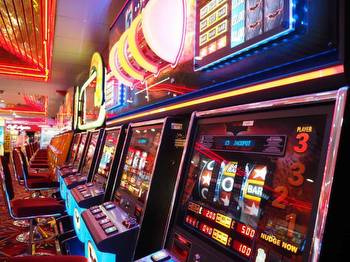Innovations in the Design of European Slot Machines
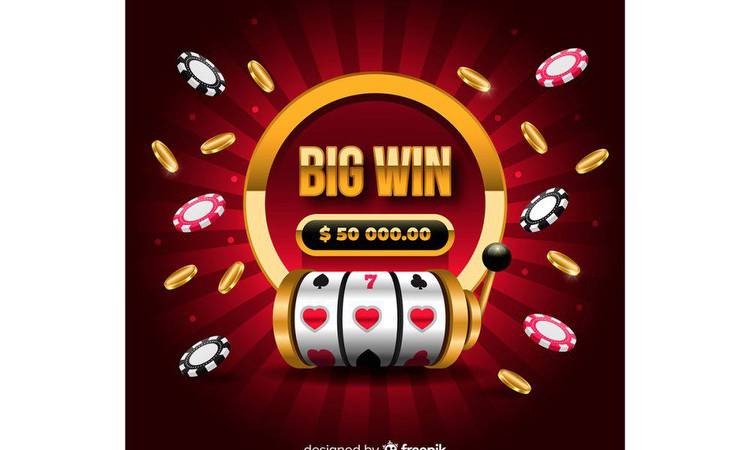
The origins of slot machines can be traced back to 1891 when Sittman and Pitt in Brooklyn, New York, first introduced a drum design of a machine with 50 cards. The father of all slots is known as Mr. Charles Fey from San Francisco, California. His “Liberty Bell” was the first slot design that came somewhat in a way as we know it today. “Liberty Bell” had three reels and offered payouts based on an automatic payout system with wins up to 50 Cents. Slots have certainly come a long way since then. Now they can even be played in a casino online mobile.
It took several years before those slot machines jumped across the big pond to Europe. For example, the first notable appearance in Germany happened around the 20th century in an eastern German city called Leipzig. “Bajazzo” was its name, and it was manufactured by Jentzsch & Meerz. Just like in America, it became increasingly popular all over Germany. After the Second World War, more and more European manufacturers appeared, and ever more new design concepts were introduced. Today, we would like to take a closer look at those developments in Europe.
Land-based European Slots
Slot machines existed long before the internet. Early one-armed bandits like “Liberty Bell” even awarded food instead of money as prizes. Land-based machines got bigger and heavier and came in sizes as big as closets. But they didn’t just change in size. They also changed inside and out. From early on, loud machines whose spins had to be started using the pure force of muscles to neatly quiet slots that can be started and operated by pushing a small button.
One-armed Bandit Is the Father of All Slot Machines
Just like in America, in Europe, it also started all with the so-called one-armed bandits. Those slots came in every way in a simple design and didn’t require any knowledge. Some of them had just three reels without any rows underneath them. A classic mechanical design of European slot machines can be seen with the Merkur B from Paul Gauselmann. It is a typical European slot of those early stages, where coins must be inserted, and every spin starts automatically.
The Changes in Design
As microprocessors and software became widely available, manufacturers had a new tool at their hands to design games targeting all different types of gamers. Certain randomness to each result of all spins could now be adjusted. In the 1980s, electronic slots that were controlled by microprocessors became the new standard. Microprocessors controlled all motors and the entire functionality of those machines. Their design changed then rather dramatically. Those five reels plus three rows became new superstars in European casinos and gambling locations.
The Rise of the Internet Made Online Slots Available
In the 1990s the first online casino showed up and along came online games. A virtual machine played entirely online was a revolutionary design back then. Online slots typically had a higher payout rate and some interesting features. Especially in the graphics, they were much more appealing to players than their land-based counterparts.
European Manufacturers of Online Slots Started Transforming Their Land-based Machines
In Europe, manufacturers soon realized the potential of online slots. Therefore, they started by bringing their most successful land-based games online. Classic hits like Book of Ra from Novomatic’s brand Novoline and many more appeared in more sophisticated designs. Most notably, particularities like bonus features, graphics, sound effects, and different reel and row designs characterized European-made machines.
Today there are many more manufacturers around compared to 20 or 30 years ago. After classic land-based brands moved their games to the web, new companies started to appear on the horizon. Nowadays, new designs are showing up pretty much every week. European online slots come with five reels, three reels, six reels, or no reels at all. They have three rows, five rows, ten rows, or none. The creativity of European developers is endless, and that is what players love about their games.
The Design of Slots Will Continue to Change
The story, of course, doesn’t end here. The slot design is a constantly evolving process, influenced by advancements in technology, changing player preferences, and the competitive landscape of the gaming industry. The industry is likely to continue exploring new possibilities to create more immersive, entertaining, and socially engaging experiences for players while upholding responsible gaming practices.
European developers are already working on the next stage designs of slot machines for both online and offline markets. 3D and Virtual Reality is more than just an experiment; as players, we can only look forward with excitement to whatever European developers are preparing for us.







